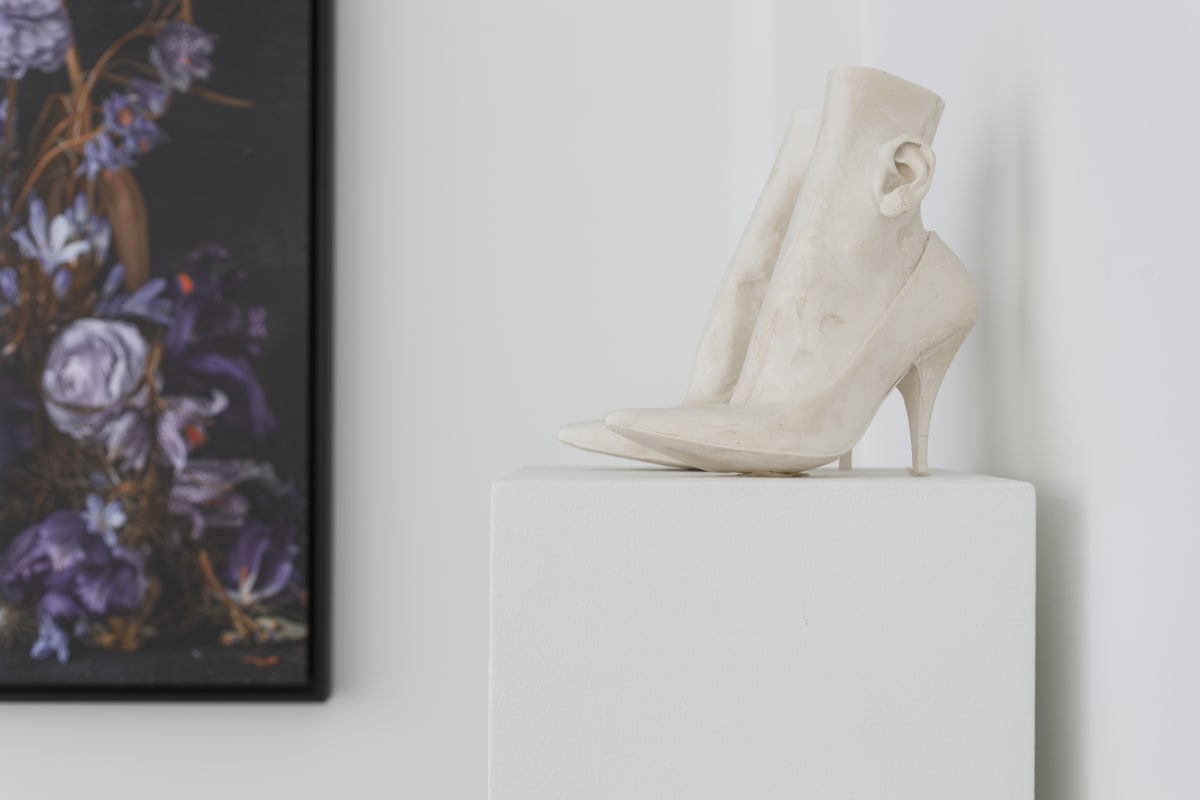CARL LINDSTRÖM Swedish, b. 1996
Carl often uses domestic materialities, objects and their inherent meanings as a starting point for his process, a process driven by methods characterized by adhoc and resourcefulness within the limitations of set boundaries.
Carl Lindström (b. 1996) in Stockholm is an artist and furniture designer who often uses domestic materialities, objects and their inherent meanings as a starting point for his process, a process driven by methods characterized by adhoc and resourcefulness within the limitations of set boundaries. Carl often explores topics such as posthumanism and much of the materials and objects for the sculptures and furniture is found in the city and becomes a psychogeography of a world defined by consumerism and authoritarianism. Carl is educated at Konstfack and the Royal Institute of Techonology with a BFA in Architecture & Furniture Design and a BE in Mechanical Engineering.
I am interested in deconstructing domestic objects and environments and in the process of doing so, reassessing their perceived values. An inspiration for this is the Agnes Varda documentary ”The Gleaners and I” which exhibits a mindset built on anti-consumerism and skepticism of authority. Gleaning is the act of collecting leftover crops from farmers' fields after they have been commercially harvested or on fields where it is not economically profitable to harvest. My personal form of Gleaning takes place in the streets of Stockholm, where the desire to renovate and consume never seems to sleep, this becomes blatantly clear as the sidewalks fill up with heaps of objects and materials that have been torn from their designated place in everyday life.
Much like the fields the commercially harvested, residential buildings leave their leftovers as well, I search the streets for these types of leftovers looking for abandoned objects whose primary functions have ceased to be and are therefore often considered as trash. From several different waste streams, I retrieve discarded objects. I approach them with care, examining their overlooked aesthetic qualities. They are transformed according to the logic: Product -> Trash -> Material -> Component -> Object
This transformation takes place by analyzing the objects. Their form, materials and previous functions. By sketching directly in the material, I try and test its limitations. Some of the objects become diagrammatic and presentational while others are allowed to completely transcend their origin.
I tear the objects apart into components. By rearranging these elements, they can become more prominent or the subject of new purposes.






